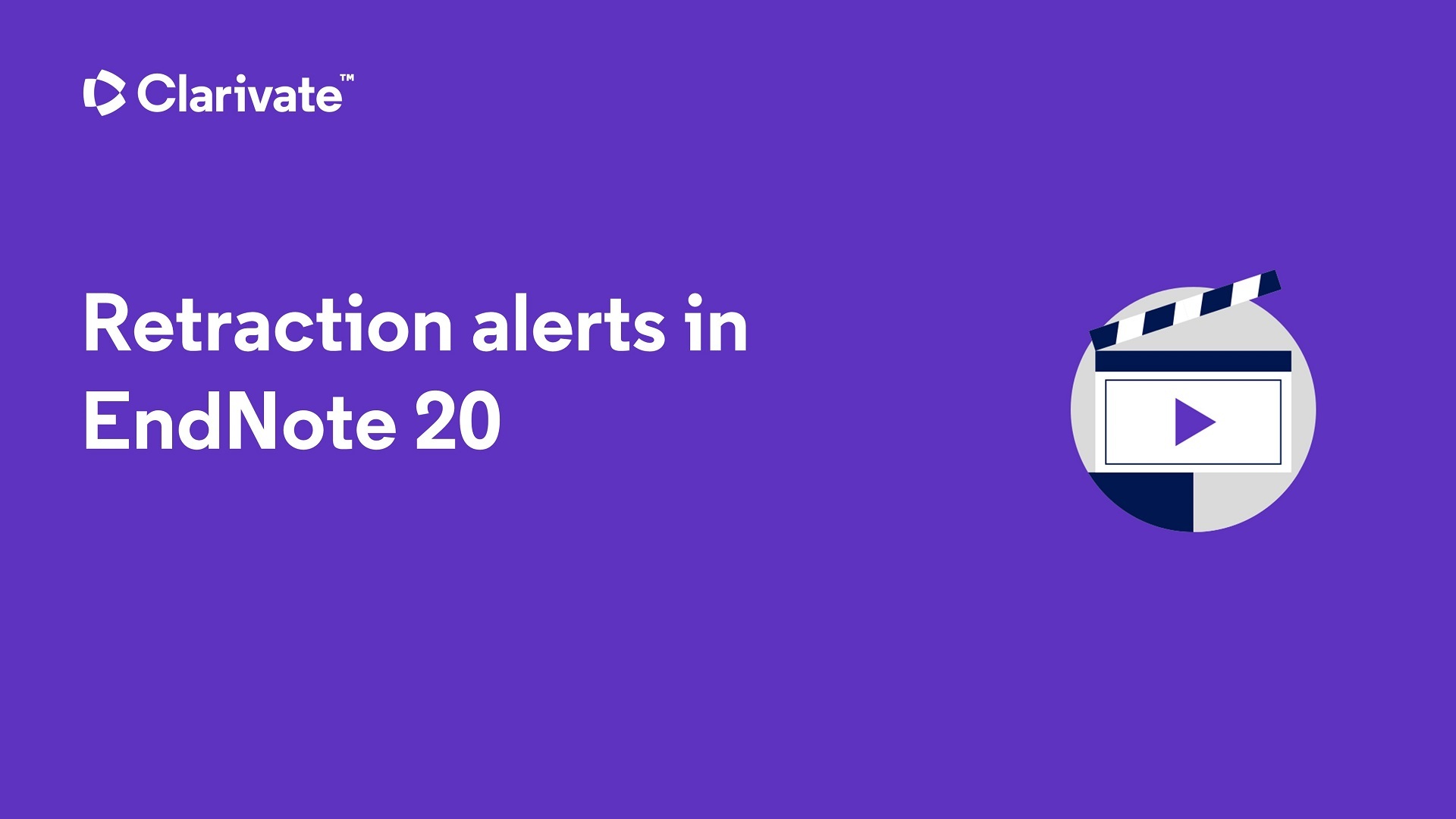 STAT+ includes exclusive reporting about the pharmaceutical and biotech industries, the health tech industry, science, and coverage at the intersection of health and policy. This resource also tracks advancements in CRISPR, breakthrough medical devices, and drug pricing policies. STAT+ is a premium subscription service of Stat News.
STAT+ includes exclusive reporting about the pharmaceutical and biotech industries, the health tech industry, science, and coverage at the intersection of health and policy. This resource also tracks advancements in CRISPR, breakthrough medical devices, and drug pricing policies. STAT+ is a premium subscription service of Stat News.
MSK users can create an account onsite/remotely/on VPN/off VPN to view articles on STAT+. Access just requires that a user have a valid @mskcc.org email address. To sign up for an account, visit www.statnews.com/subscribe, and enter an MSK email address and create a password.
Category Archives: About Resources
Retraction Alerts Now in EndNote!
The latest version updates of EndNote 20 — versions 20.2 and 20.3 — now provide retraction alerts thanks to a new partnership between EndNote and Retraction Watch to provide alerts to both references in your library and within Microsoft Word while using Cite While You Write (CWYW).
In order to take advantage of this new feature, you must have an EndNote Online account (free with your desktop version) that you have synced to your EndNote desktop library. NOTE: You can only sync one desktop library to EndNote Online.

For more information and resources on EndNote and other citation management programs, head to the MSK Library’s Citation Management LibGuide. To have EndNote 20 installed on your MSK workstation or your MSK-issued laptop, contact the Help Desk at 123-3337 or 646-227-3337.
Making Sure Your Publications are Digitally Archived for Posterity
Have you ever wondered:
Who is making sure that the open access, online only, peer-reviewed article that you just published will be digitally preserved and archived for posterity?
So that even if the publisher disappears someday and the journal becomes “abandoned” or “orphaned”, your paper will be “forever” archived somewhere so that it can be accessible for your great, great-grandkids to read?
Thankfully – some great resources exist that can help you investigate the extent to which a journal you are considering submitting a manuscript to is taking measures to ensure that your scholarly work will be digitally archived for posterity.
1. SPI-Hub: Scholarly Publishing Information Hub™ (Vanderbilt University Medical Center)
From the SPI-Hub websites:
“SPI-Hub™ attempts to provide prospective authors with the available information on quality, rigor, and transparency of the journal publishing industry to aid with informed decision making for the purpose of identifying a publishing avenue.”
Searching for a particular journal title of interest using the SPI-Hub journal search interface will return a range of useful information, including a field under the “Publication Policies” tab that indicates whether or not the journal “Participates in national and international archiving services (e.g., CLOCKSS):”(see below). This SPI-Hub data field is drawing information from another useful resource called the Keepers Registry.
2. The Keepers Registry
The Keepers are “the archiving agencies which act as long-term stewards of the digital content issued as continuing resources including e-serials” and the Keepers Registry “acts as a global monitor on the archiving arrangements for electronic journals”. Basically, the Keepers Registry is resource where you can go to to look up what archiving agencies (if any) a particular journal publisher is using to archive and preserve their journal’s contents. One example of an archiving service that a publisher may be working with is CLOCKSS.
3. CLOCKSS (Controlled LOCKSS)
CLOCKSS operates differently than a tool like PubMed Central (PMC), for example, which is essentially the publicly-accessible full-text repository created by the NIH over 20 years ago to digitally provide access to and archive publications derived from NIH-funded research. In the case of CLOCKSS, participating publishers entrust the long-term preservation of their published content to the CLOCKSS archive which provides “dark storage” (as opposed to making all content publicly and easily accessible to all, as in the case of PMC), however, publishers agree to make their content freely available whenever (if ever) it is “triggered” out of that dark or “closed to the public” storage.
From: HOW CLOCKSS WORKS
As libraries and publishers migrate from print to online-only publications, they want to know that their shared investments are protected and preserved for generations to come. As a “dark archive” currently housing 48.5 million journal articles, over 34,000 serial and 360,000 book titles, and a wide array of supplementary materials and metadata information, CLOCKSS preserves this growing corpus of online scholarly content. This unique service assures publishers and libraries that the content they steward will withstand potential technological, economic, environmental, and political disruptions and failures and will always be available to those who want to access it, after a trigger event has occurred.
Built with proven LOCKSS open-source technology, CLOCKSS preserves scholarly publications in original formats. The polling-and-repair mechanism ensures the long-term validity of the data.
Mirror repository sites at 12 major academic institutions around the world guarantee long-term preservation and access. Our approach is resilient to threats from potential technological, economic, environmental and political failures.
Questions? Check out the MSK Library’s Support for Authors LibGuide or Ask Us at the MSK Library.